Today we are turning the tables, and talking to Stephen Fuller, an Associate Artist both known for his atmospheric and dramatic landscapes, and his in depth interviews of other Associate Artists. Having enjoyed a career in the Royal Navy, Stephen now divides his time between his studio in Cornwall and his studio in Scotland.
1. Hi Steven, thank you for giving us the chance to turn the tables and interview you. Tell us about how your art journey began and what made you choose soft pastels, and in particular Unison Colour Soft Pastels, as a medium.
So, this is a possibly interesting story. Before 2010 I hadn’t done any art since school and indeed, had really shown no talent there. I’m a scientist and an engineer in reality. In 2010 my wife and I visited a gallery in Truro, Cornwall and bought a piece of art from an Irish artist called Phillip Grey, it was a large oil of a stormy sea. Incidentally, Philip is one of the DeMontfort stable of artists that you are likely to see in the galleries in lots of the larger towns and cities. Sometime later we got invited back by the gallery to meet him as he was doing a tour. The plan was for him to do a demonstration that was to be silent auctioned in aid of the local air ambulance. When we arrived, there was 30-40 people in quite a large space with a small easel and a box of no more than 15 assorted pastels. Phillip got every person to come up and make whatever mark they wanted on the paper with whichever pastel they wanted. You can imagine the state of his piece of pastel paper. Now Philip is a very tall bearded Irishman and he looked at the paper, looked at the audience, scratched his beard and pretended to be worried. Then, without touching another pastel he manipulated the pigment on the page with just his fingers – 10 minutes later it was the most beautiful seascape you’ve ever seen. I looked at my wife, said “That didn’t look hard, I can do that, I want a set of pastels for Christmas”.
So, I got my small landscape set of pastels for Christmas. However, unsurprisingly, it was hard and I couldn’t do “that”. From that point I read, watched YouTube videos, looked at lots of art and practiced whilst I increased my pastel collection – if I saw an effect I liked in any medium I tried to find a way to do it in pastels. Before too long people started to like my efforts and after about a year I rented a studio gallery practically on the beach in Cornwall.
It became clear I achieved better results using the softer end of the pastel spectrum and whilst I initially accumulated a large set of Schminke pastels I was very kindly gifted the Unison Colour full set for a significant birthday. I’ve never had a pastel or art lesson in my life – and, as such, nobody has told me what I should or shouldn’t be able to do with a pastel. I think that this might make my work look a little different. I’m pretty sure that I’m still a scientist and an engineer masquerading as an artist though.
2. Do you have a particular favourite colour or collection of colours from the Unison Colour range that you use more than all others.
Now there’s a question… I’m primarily a seascape and landscape artist and the range of Unisons are beautifully curated to suit the British landscape. I love all the greys and in particular the blue greys which are a sky-staple for me. Tonal contrasts are often a key part of my work and I absolutely couldn’t do without any of the Darks (or Lights). If you tied my hands and forced me to choose a favourite though, it would have to be the magical Blue Greens and Blue Green Earths that are the epitome of the Atlantic Ocean in all her moods.
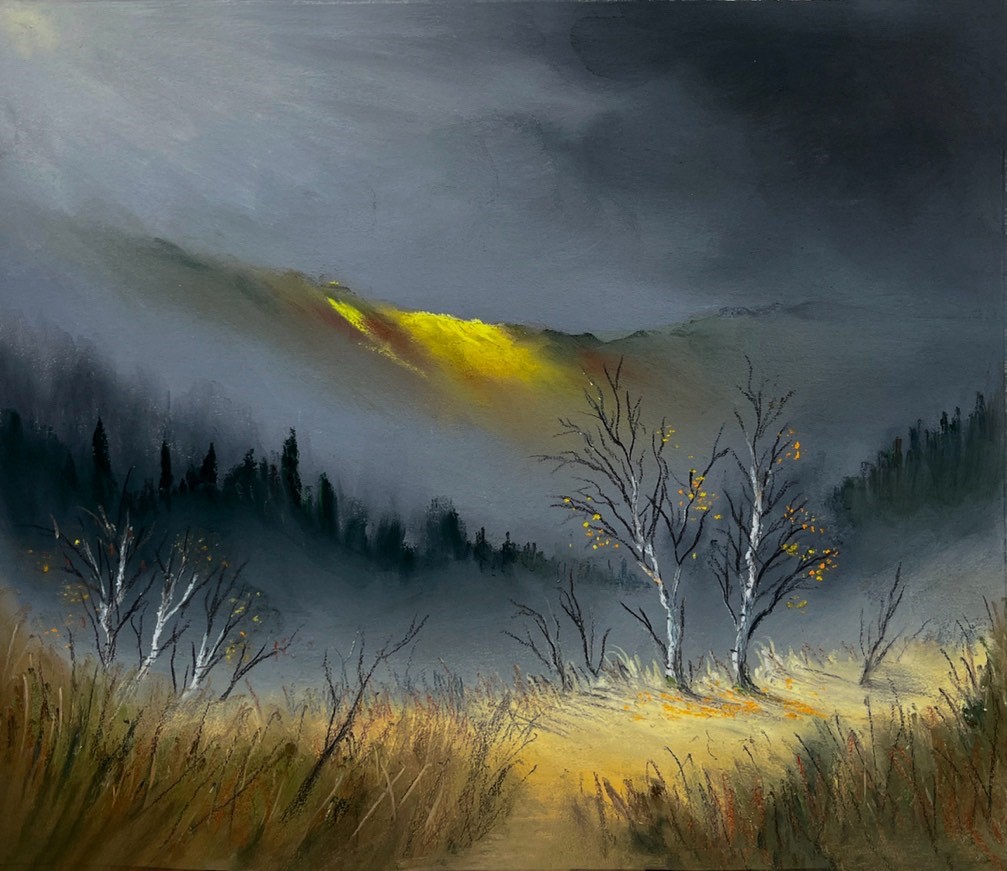
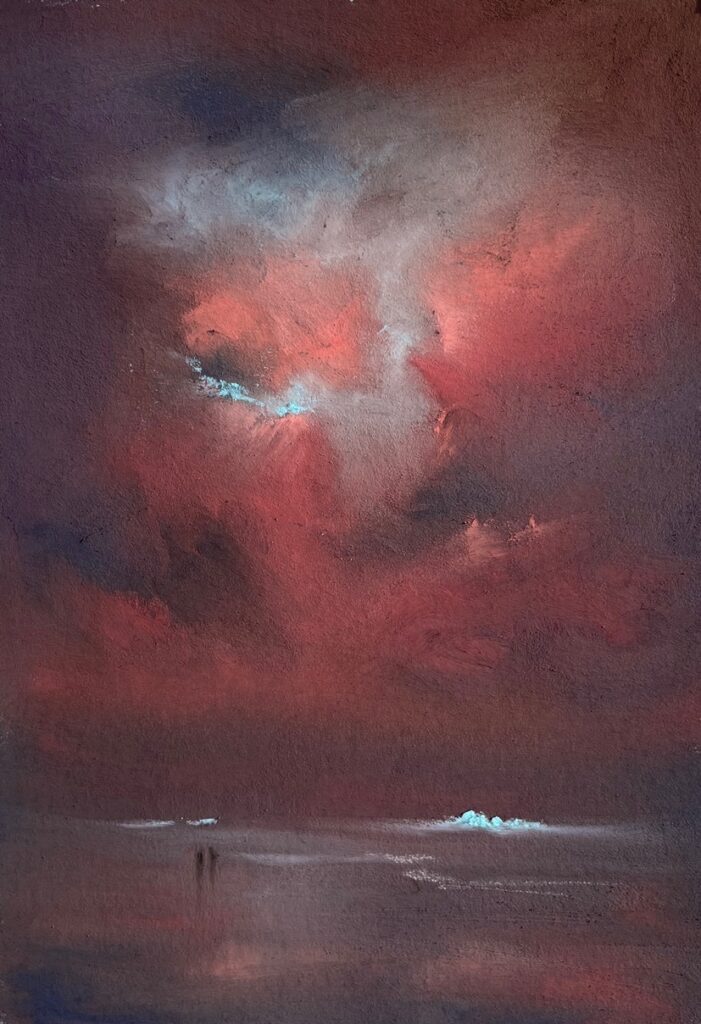
3. What surfaces do you favour and what additional tools or tricks do you use to enhance your artworks?
I’m a big fan of both Pastelmat and the sanded surface of Canson Mi-teintes Touch – both take loads of layers and allow you to move the pastel around with ease, once a few layers are down. If I’m after some texture in my finish I really like Unison’s handmade paper – you’d have to work really hard to fill the key on that. If I’m after an almost impasto finish, I like to use Art Spectrum pastel primer (clear) on mountboard. You can build up layer after layer of the primer into whatever sort of texture you want and it dries to a sanded finish. I’d like to say I love velour… I’d like to, but I can’t as I really don’t get on with it at all.
Considering other tools – a mahl stick is a godsend, particularly on large pieces and if you have never used the brush handled silicone shapers from the art shop, try them – they will change your life and how you manipulate pastel forever.
If you frame your works, try AR70 art glass. Once you see your work without reflections you will never go back to normal glass again.
4. You are fast becoming known for your sweeping, dramatic pieces, which could be recognized and credited as being “Fulleresque” in style, where do you find your inspiration from?
I’m lucky enough to spend time in 2 fabulous locations, Cornwall and Scotland. When I walk I try and do so with the innocence of a child, looking for the magic in everything. The physicist in me also wants to see the repeating patterns and ratios in the shapes and movement. I guess in the words of the ancients I’m trying to tune in to the “music of the spheres”. The trickle of a stream, the whispering leaves, the touch of light on a hillside, bubbling clouds, crashing waves, the darting flight of the dragonfly… I try to be aware of and absorb it all. When I paint I try and paint with an open heart – I sort of let it flow and see what comes out, often with no idea where the picture is going to take me – almost a visual stream of consciousness. Once the direction that a picture is going to take becomes clearer, I then try to decide what I want to say within the picture and which emotions I wish to try and touch within the viewer.
5. Your style can be whimsical, heartfelt and always with a meaningful title… Which comes first : your painting titles or your specific painting ideas?
When I take a trip into the world of whimsy its always the idea that comes first. I try to use whimsy as a vehicle to make a point or express an idea. The title is used as a narrative prod to try and amplify the picture and help the viewer understand what I’m trying to say. Sometimes it takes as long to decide on the “perfect” title as it does to do the actual artwork.
6. Can you talk us through the creation of your hugely successful “Cosmic Series” , how a piece was built up, and how you see it evolving into future series’.
I was very honoured to be asked by Unison Colour to take part in a Dark Skies project (more of which I’m sure is going to be discussed elsewhere). This project became a great vehicle to consider some of my astrophysics knowledge and try and express it artistically. Additionally, the depiction of planets, stars and nebulae provided a great stage for whimsy and expressing ideas. The vastness and infinity of space seemed to be ideal to juxtapose against more worldly concerns and thoughts. In an early piece I was able to express the idea of undying love in “Until the sky falls on me” and another piece “The distance between us” was personalised and bought by a husband who works away from his wife. The series has also proven a good vehicle for expressing sentiment in commissions and I was asked to do one recently by a lady that depicted all her children, grand-children and all the dogs she had ever owned. The shapes of dogs were depicted as dark absorption nebulae. I’ve also depicted breaking waves and old sailing ships in the starry sky. Going forward I have lots of ideas – a trawler harvesting stars, a “cosmic” Christmas card, something discussing the futility / irrationality of war on a tiny planet in a vast universe… etc
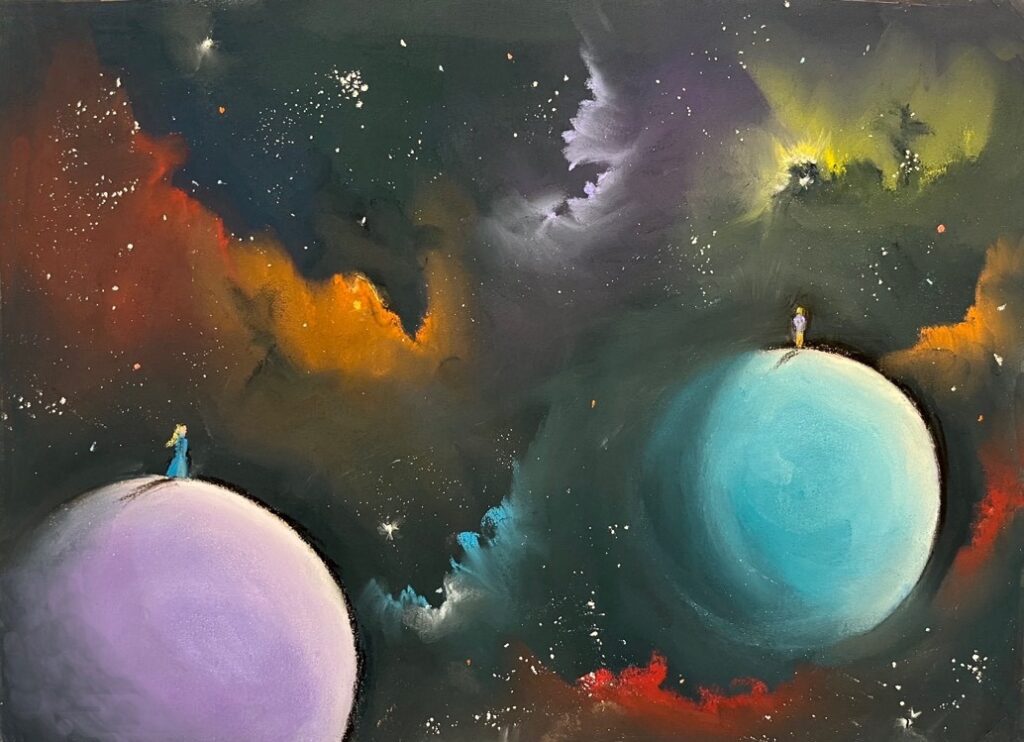
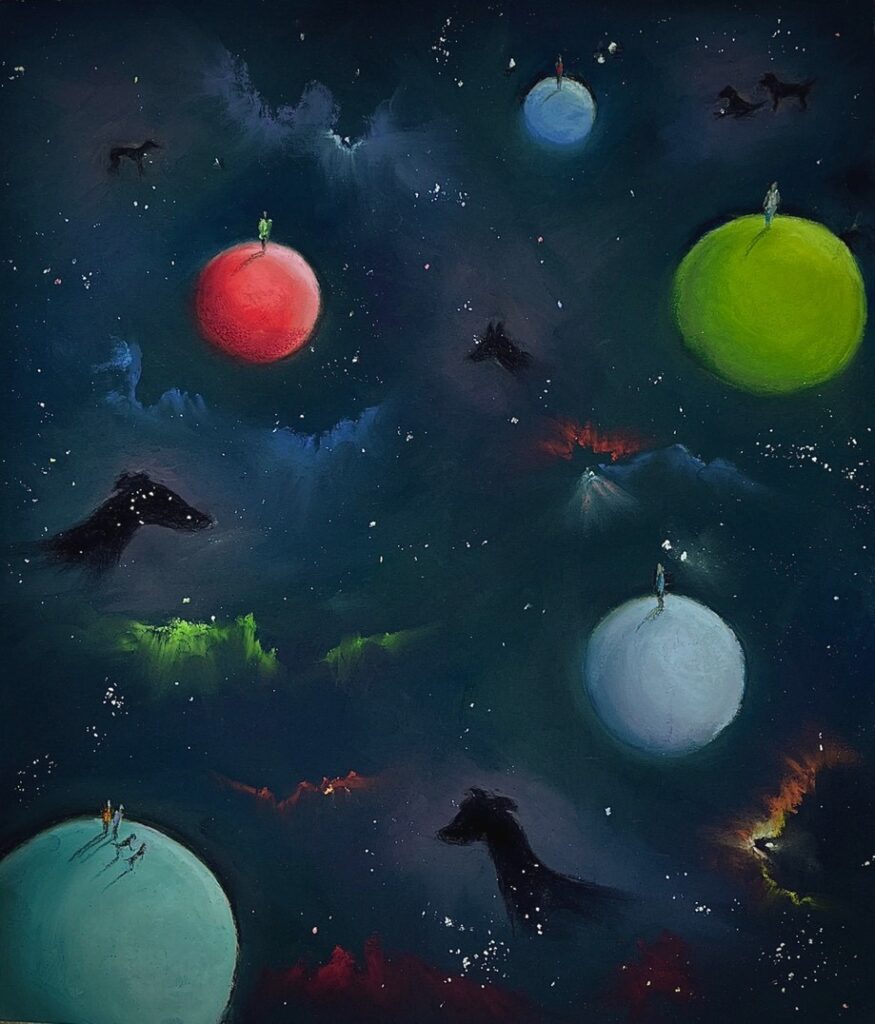
7. How have both your time spent in the Royal Navy and your physics background influenced your subject matter and your approach to working?
I think that having spent 30 plus years in the Royal Navy and having been a qualified Sea Kayak Guide has exposed me to the ocean in all of her moods. I have lived many of the things I try to paint when I’m working on a seascape. Similarly, having been a Chartered Physicist with a particular interest in both astrophysics and meteorology I have something of an understanding of how light and matter interact as well as how fluids behave. I try to put this knowledge to use in my work and particularly hope it allows me to produce dramatic and believable skies.
8. What is the biggest thing you have learned about yourself since you became an artist ?
I’ve come to understand that nearly every piece of art I make is both a self-portrait and a question about what truth (love) might be in a universal context.
9. Which piece of art are you most proud of having created ?
I’m not sure that I have felt proud about any of my work. I was honoured when a charity supporting parents who had lost children wanted to use one of my pieces, “Let go!” in their counselling process. I am also touched when my work invokes an emotional response and several individuals have seen work in my gallery and said it brought a tear to their eye.
So, as an individual on an endless quest for understanding and self-improvement, which piece am I most proud of? Always the next one…
10. Who inspires you in the art world, from either a historical or a more contemporary standpoint, in your style and ideas ?
From a historic viewpoint it is impossible to try and consider mood and light in landscape without reference to Turner. His work was so visionary that anything that has come after has to be considered in his context. It is a difficult task to achieve escape velocity form the gravitational pull of the Turner Vortex. Indeed, even the much more recent Rothko said with tongue in cheek that he taught Turner everything he knew.
A look at the works of all of the Unison Colour associate artists is a treasure trove of beauty and pastel ability across all genres. I am regularly speechless when I see what can be created by them with little sticks of pigment and I am indeed inspired.
To pick out some contemporary individuals who I particularly admire – Tony Allain’s marks and shape making (he says so much with so little), Les Darlow’s use of light, Alain Voinot’s pointillism, Elena Degenharts’ and Gareth Jones’ seascapes – I could easily go on.
I also love work with something to say – Bacon’s monstrous honesty, Banksy’s brutal sidewards glance at society, Hopper’s yearning loneliness…
11. Many Unison Colour lovers will know you not just from your beautiful work, but for your in-depth interviews of other Unison Colour Associate Artists; what have you learned and enjoyed most about doing them ?
It has been a real honour to do the virtual interviews with the Associate Artists. These are some of the best pastel artists on the planet and it has been a real joy to listen to their working processes and wider views on art. Many are passionate about giving back – either through teaching or involvement in their local community. Without exception all are passionate about their craft and justifiably proud of their achievements. I suppose if I had to summarise my experience with them it would be generosity of spirit.
And if/how has it changed any of your viewpoints ?
I’m not sure that any of my viewpoints has changed but doing the interviews has reinforced some of my previously held thoughts. Firstly, there is a universal joy in the creative process and no right or wrong in terms of subject matter, media or technique. It takes bravery to be an artist and to put a little of your soul into your work – it takes even more bravery to subject this to the acceptance of others. Artists are special people.
12. What is the best piece of art related advice you have been given? And what is your own piece of advice to other artists?
I suppose the most useful piece of advice I have heard for artists (and for life in general) is that, ”Comparison is the thief of joy” – It is one of life’s great pleasures to look at something you have created, whether that is from wood, clay, using pigment or a thousand other ways of being creative. The only person who is qualified to judge that piece of work is you – comparing your work to others, through the number of social media likes, the number of competition acceptances or whatever else is a quick trip to the darkest parts of the abyss.
So, whilst I’m not 100% sure that I’m qualified to give advice, I have 2 tips for aspiring artists, one technical and one more general.
Firstly, when it comes to landscape painting tone is everything – it is the sun, moon and stars. Understanding how tone works in a landscape is the key tool in achieving depth. Additionally, tone is the language of the interaction between light and matter within any landscape. Get your tones right and you can use almost any colour you want.
Secondly, the strongest cages are the ones we build for ourselves. You really can do anything you can dream of. When you paint, paint what brings you joy not what you think others will like. You don’t need the validation of others, your work is as worthwhile as anyone else’s. If you paint honestly from your heart you will break free of your cage and achieve your own personal greatness.
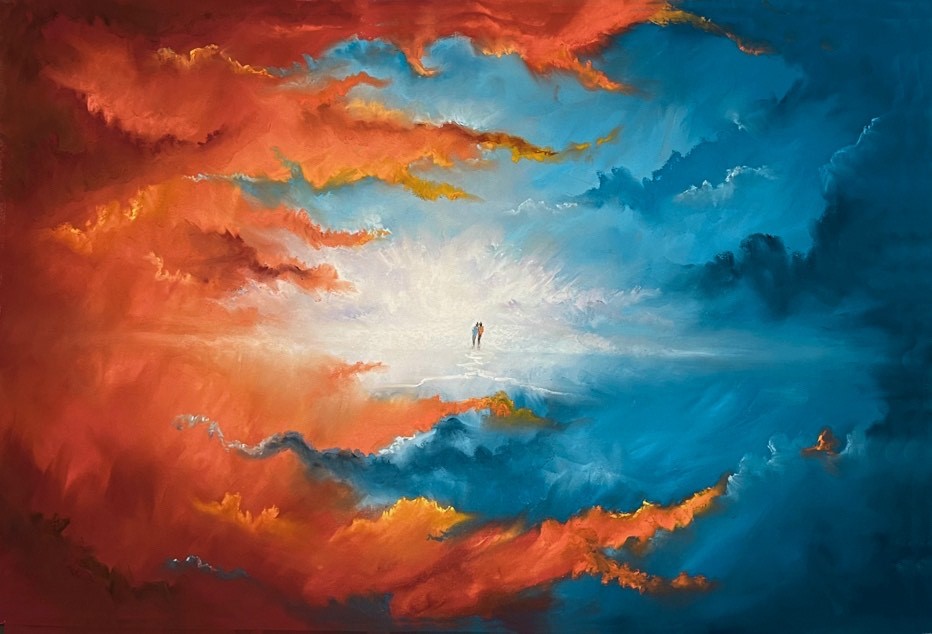
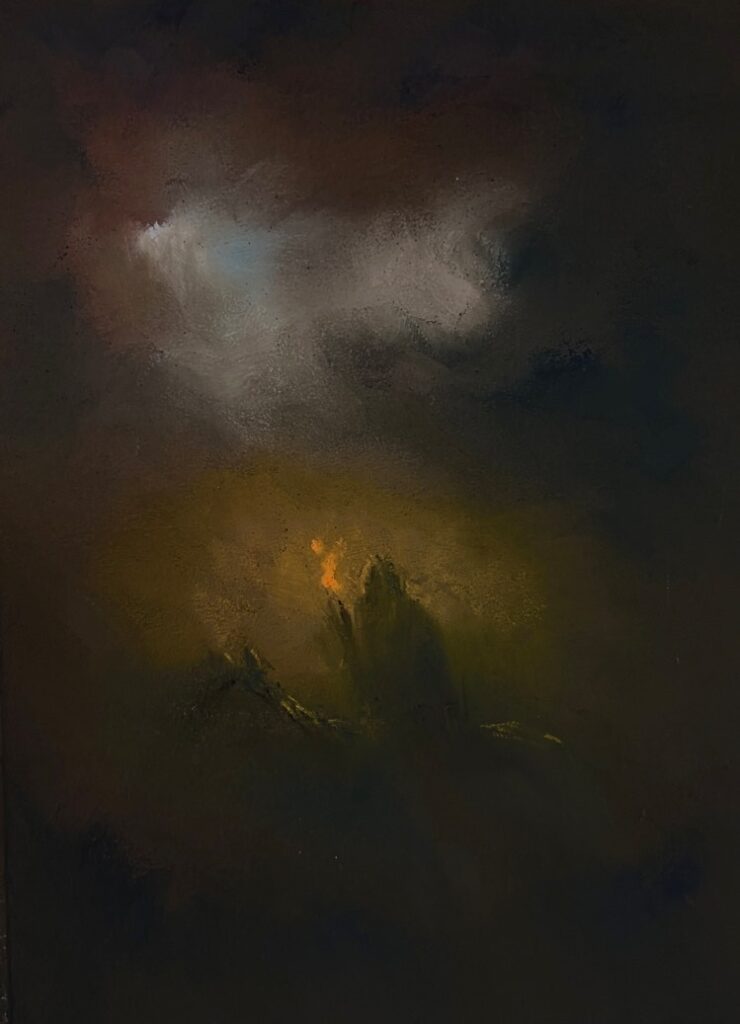
13. What have you got planned next or in the near future
I’m currently developing a course entitled “The business of art” which I’ll be delivering at the local creative centre. Hopefully this will help other aspiring artists understand the things they need to consider in order for their art to be viable as a business. In the words of another professional artist – “All the things they don’t teach you at art school”.
With respect to my work, Summer is rapidly approaching and I need to make sure that there is a suitable selection of pieces that will appeal to visitors to Cornwall and the beach. Winter is the time when I tend to try and move my own art forward and summer is the time I often produce work with more commercial appeal – the studio rent needs paying…
In the longer term, I’m always looking to create that perfect piece that answers all the questions you never thought to ask… I hope I never find that piece.
14. Thank you for such generous and insightful answers. Where can we see your work.
I have a website www.stephenfullerartist.com
I’m on Facebook as: Stephen Fuller Pastel Artist
I’m on Instagram as: @stephenfullerpastel
Or, I’m always happy for visitors to my studio gallery at Quay Road, Trevaunance Cove, St Agnes Cornwall – I might even put the kettle on.
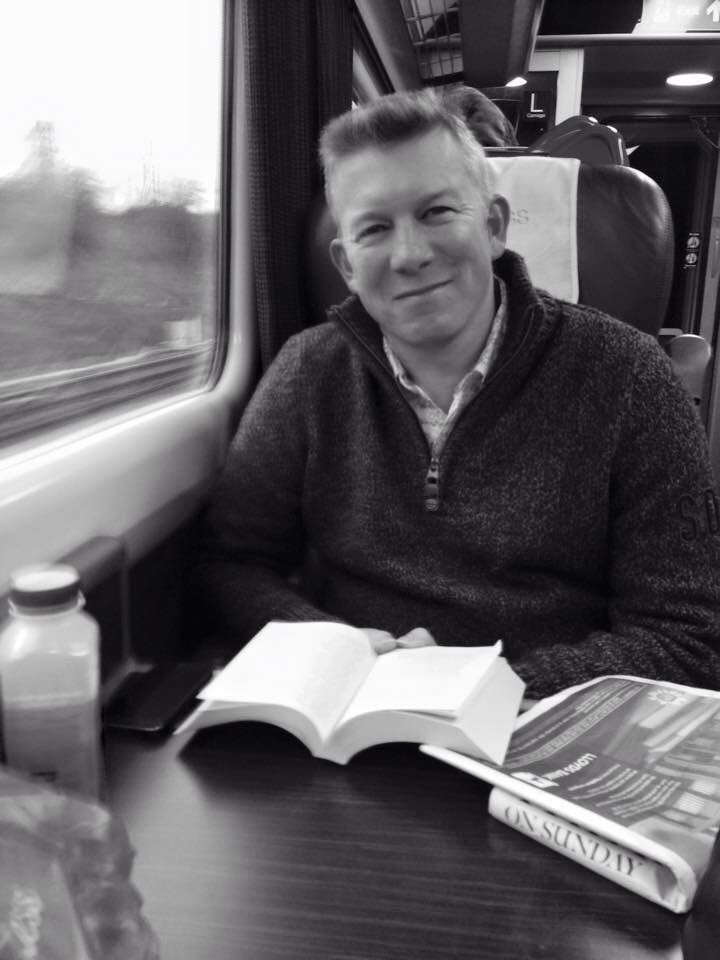
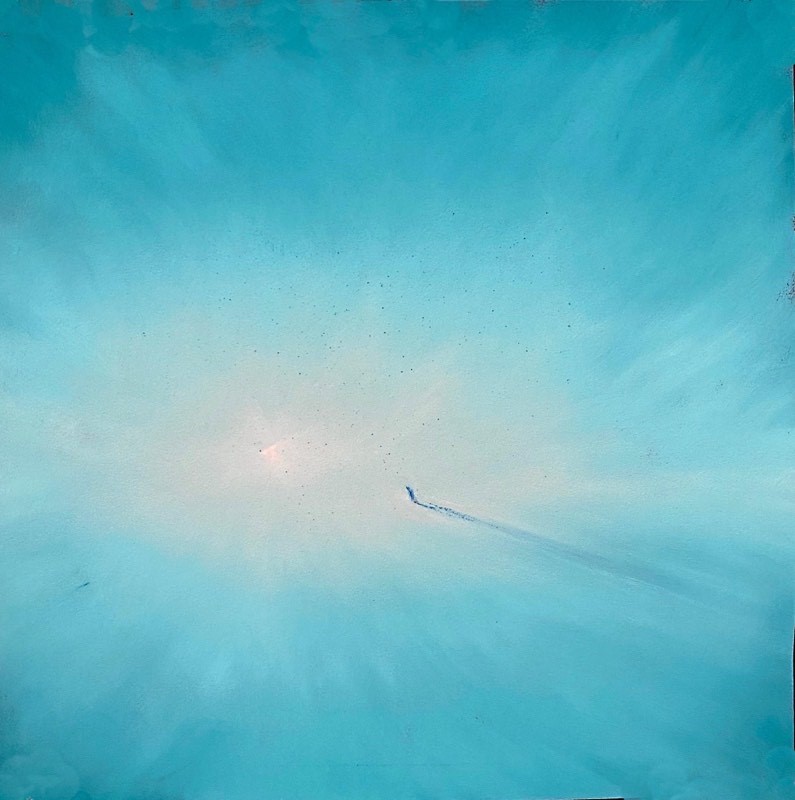
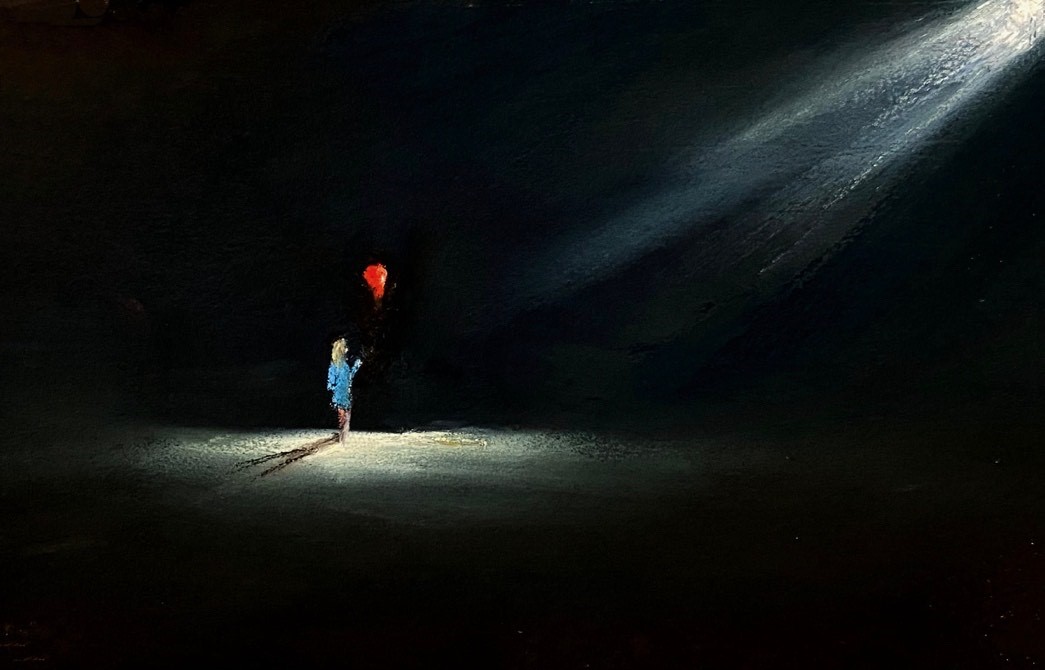
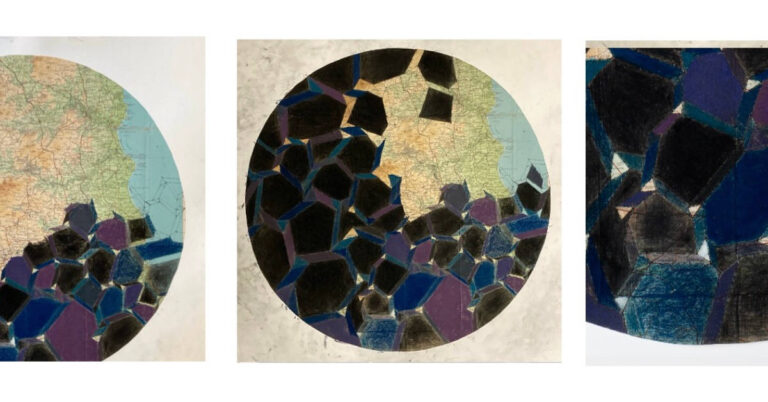
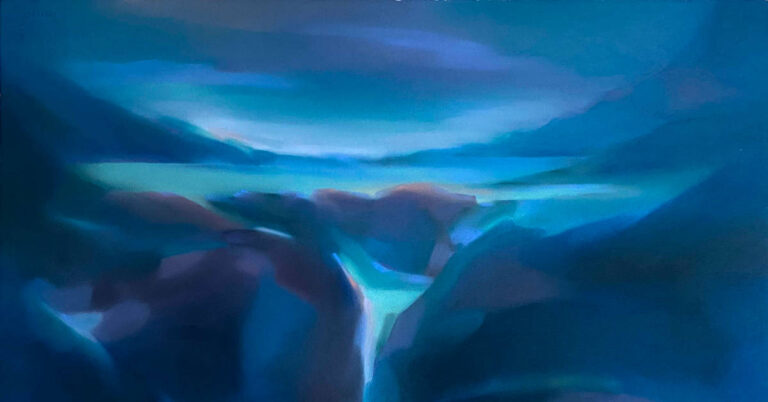
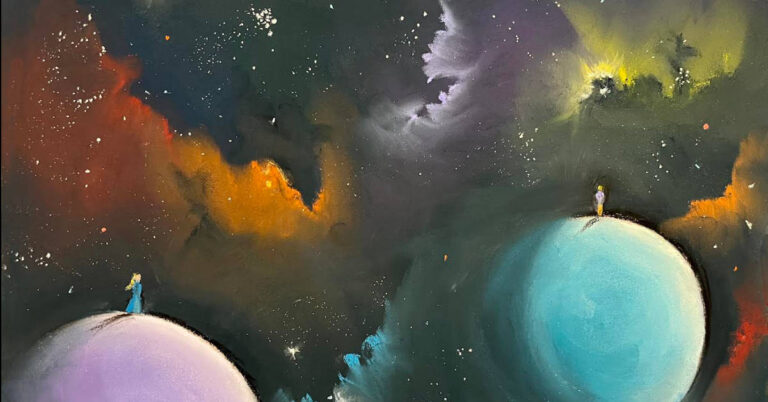
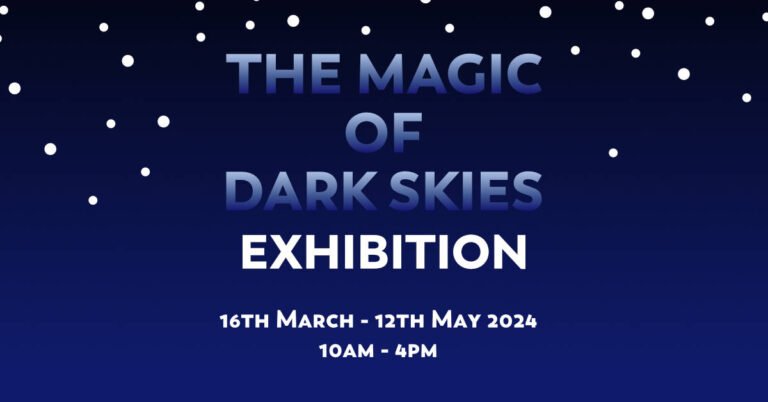
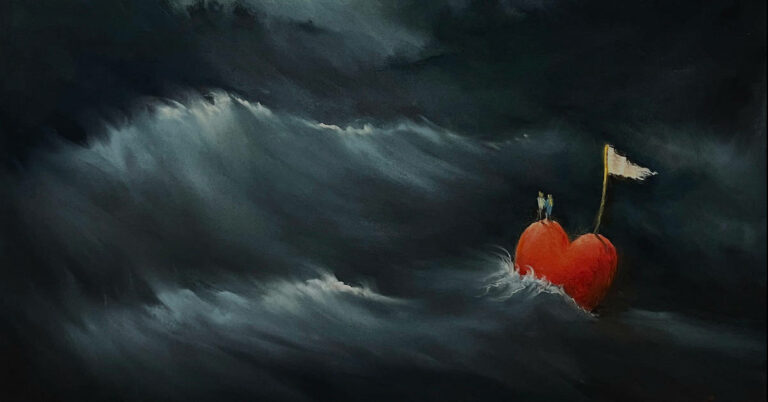
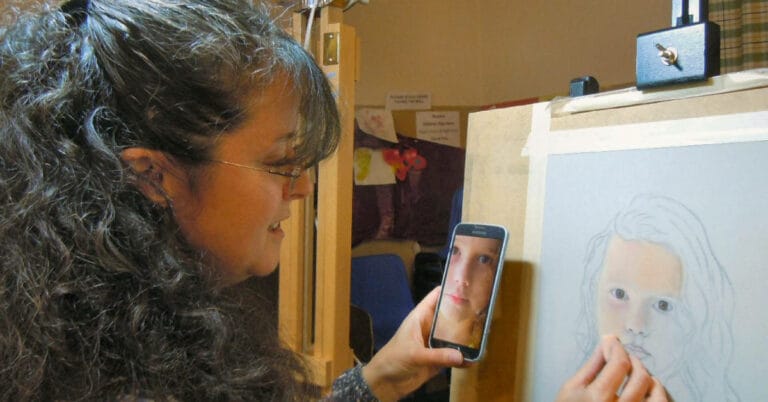
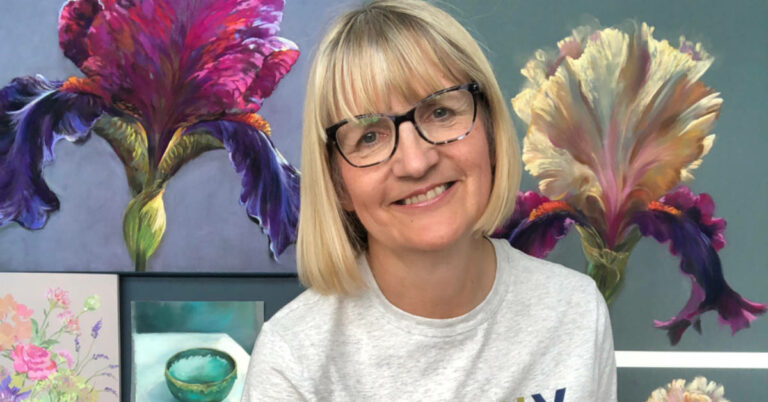
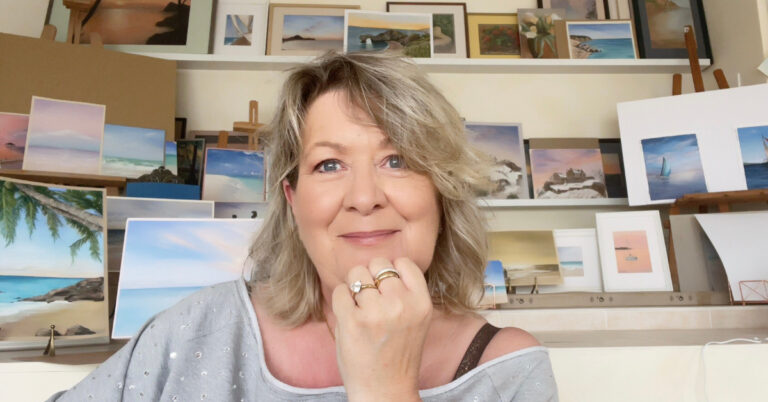
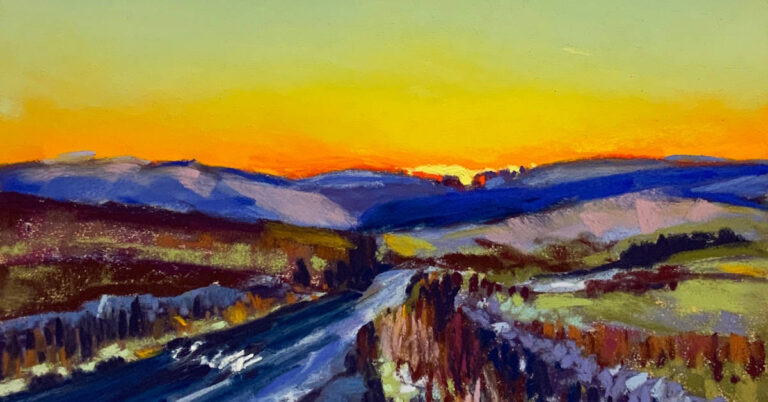
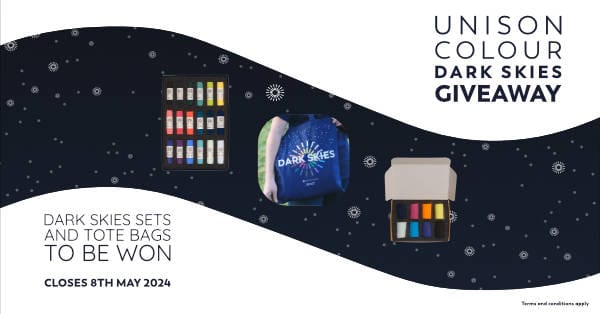
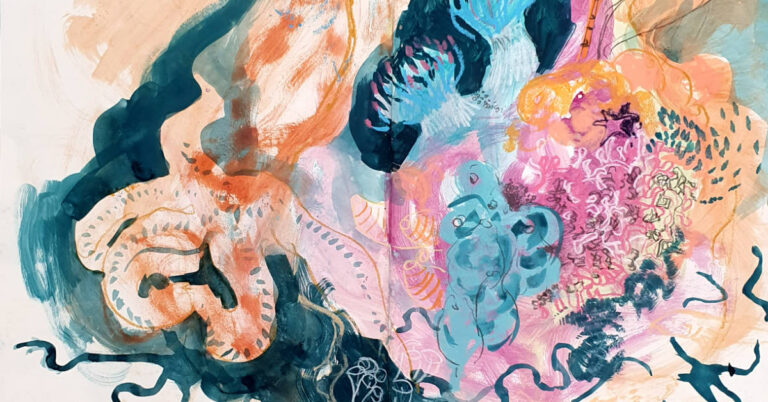
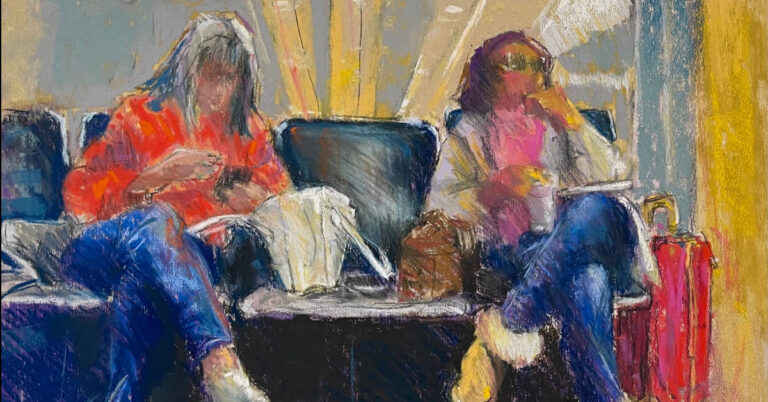
1 Response
Absolutely marvelous interview! I love your comments about painting what beings us joy…i realize selling some to cover costs is necessary, but I strive not to compare myself to anyone else – I paint as I am moved and am honored when it moves someone else! Thanks again!